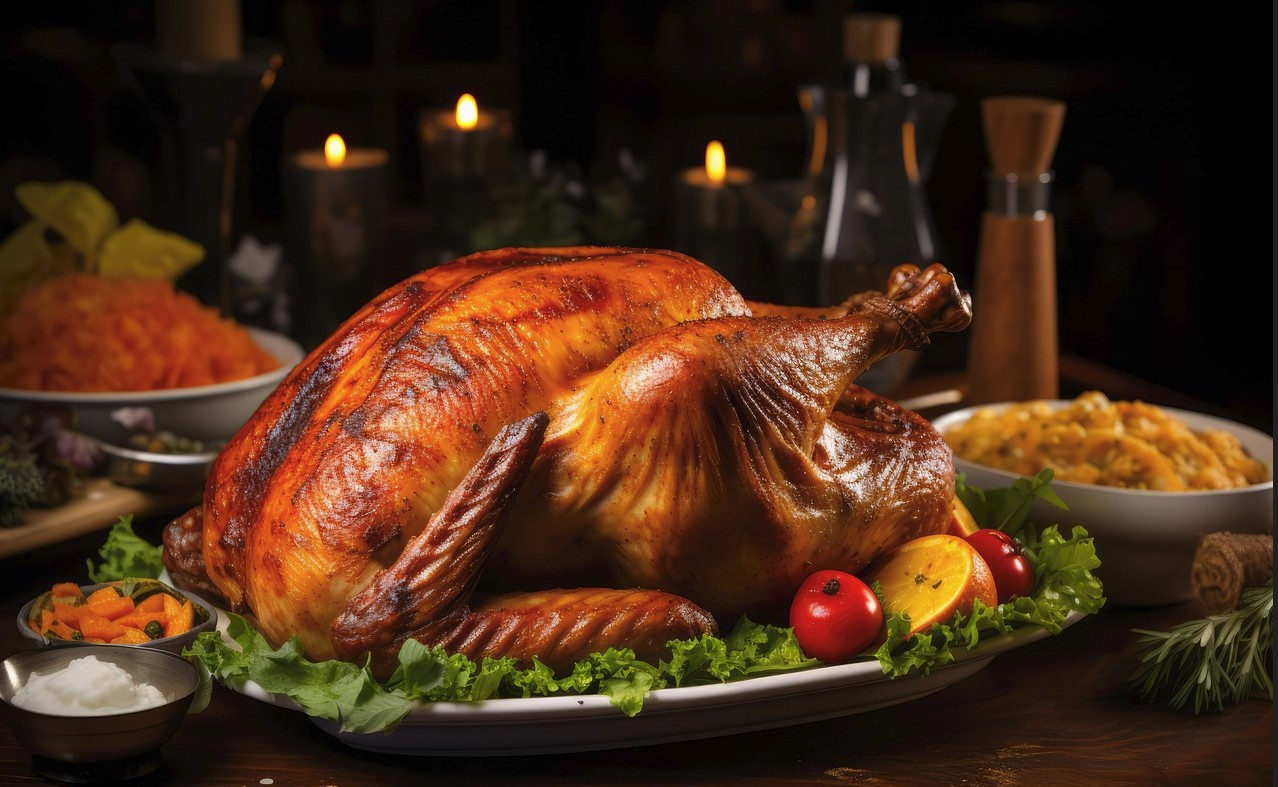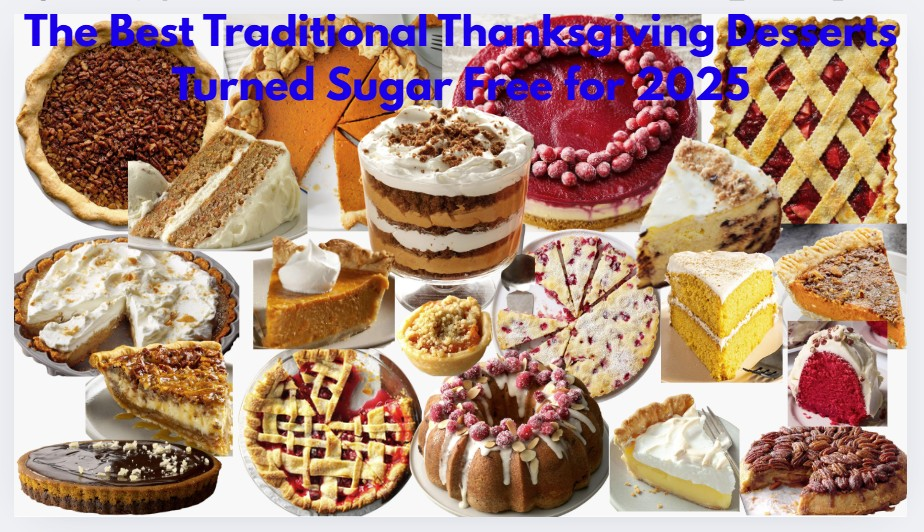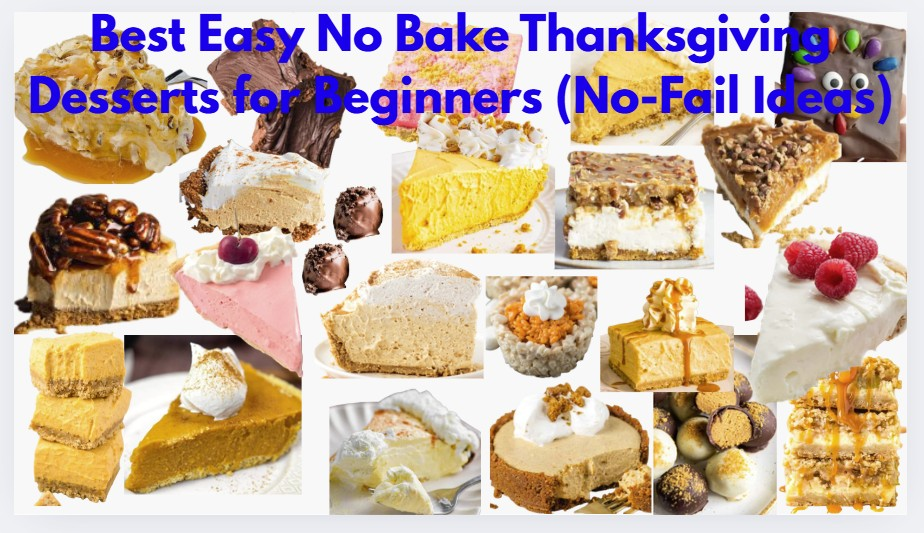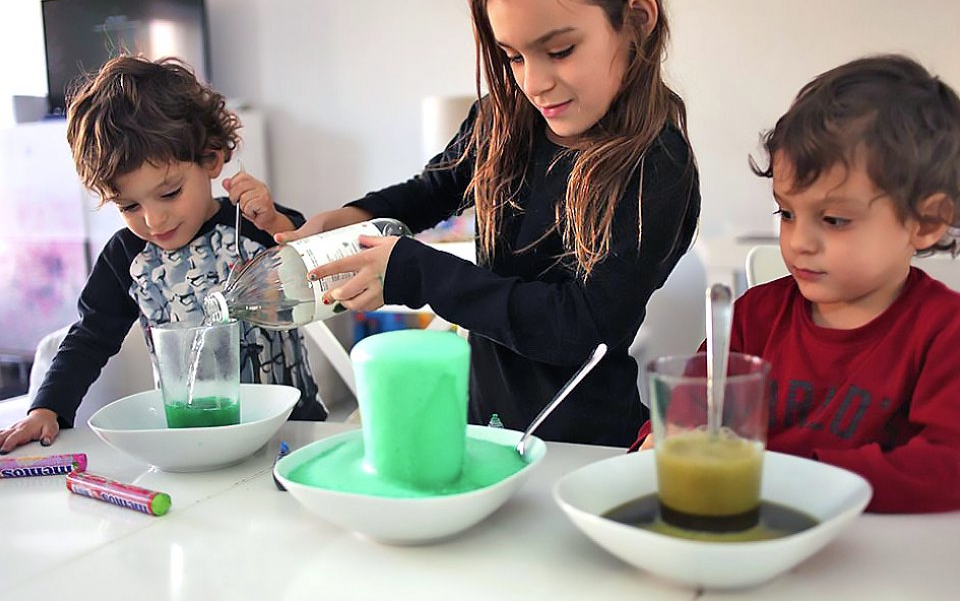Kids have a natural talent for science, and honestly, it shows every time spaghetti hits the wall or bubbles flood the tub. If you’re hunting for easy and memorable activities, these 67 science experiments for kids can do with everyday items deliver big on fun with zero stress. Picture baking soda volcanos fizzing bright, or milk swirling with food coloring in wild patterns—simple supplies, big wow-factor. These experiments blend play with learning, perfect for a spur-of-the-moment afternoon or a polished science fair project. Parents might even be surprised by what they discover, side by side with their kids. It’s hands-on, a little messy, and totally worth it. Want to gather a few materials? You won’t need to run to a specialty store; most of what you need probably sits in your kitchen already.
Top Science Kits for Kids
We’re also big fans of science kits that deliver all the materials you need (and instructions!) in one box. Here are a few of our favorites that you might want to stock up on: All of the Thames and Kosmos kits, including the awesome Robotics Workshop, Gummy Making kit, and the Electricity and Magnetism kit. The Mechanical Hand can get young engineers going, as can a number of the Robot Building Kit or Lego Gadget kits. Build a Solar Rover with 3M’s science kit, and the youngest scientists might start with Playz Explosive Kitchen Lab or National Geographic’s science kits, including the Ultimate Volcano kit.

Coolest Science Experiments for Kids at Home
1. Make rock candy
Learn about the crystallization process by learning how to make rock candy in a glass.
2. Make a lava lamp
Make a lava lamp by pouring vegetable oil into water and then adding an Alka-Seltzer tablet to make the blob of oil move.
3. Make homemade slime
Borax plus glue equals homemade slime.
4. Frozen bubbles
Blow bubbles outside when temperatures dip to the single digits and watch them freeze.
5. Invisible Ink
Use lemon juice to make invisible ink that can only be seen when held up to a heat source.
6. Walking rainbows
Use food coloring and water to make a walking rainbow and explore how combining primary colors makes secondary colors.
7. Paper towel art/magic
This paper towel art magic trick, which also involves science for an added bonus. Permanent and washable markers make art and teach about solubility at the same time.

8. Pepper and soap experiment
Dish soap, pepper, a toothpick, and a little bit of water are all kids need to feel like science wizards. Watch a little drop of soap chase pepper away in the pepper and soap experiment.
9. Balloon carbon dioxide experiment
Create carbon dioxide and hang on while you use it to fill up a balloon.
10. Skittles science experiment
Learn about a phenomenon called water stratification, using Skittles as the subject matter. Perfect for after Halloween!
Fun Science Experiments Using Household Staples
11. Marshmallow catapult
Build a marshmallow catapult out of a plastic spoon, rubber bands, and Popsicle sticks.
12. Make a parachute for toys
Use a plastic bag and cup to build a parachute for a light toy.
13. Dye flowers with food coloring
Place white flowers in colored water and watch how they soak up the hues.

14. Baking soda lemon juice experiment
Create a colorful and fizzy reaction by adding a drop of food coloring and a little baking soda to a sliced lemon.
15. Make homemade butter
Make your own butter by shaking a jar of heavy cream.
16. Homemade ice cream in a bag
Make homemade ice cream in a bag: shake salt, ice, cream, and sugar vigorously until the consistency is right, then enjoy.
17. Do oil and water mix?
Plop oil into water to see that they really don’t mix; try it with a variety of liquids to make a rainbow of stripes.

18. Egg in a bottle experiment
Force an egg to fit into a bottle by creating a suction using heat.
19. Floating eggs
Change how an egg floats or sinks in a glass by adding salt to the water.
20. Turn milk into plastic
Turn milk into a material that acts like plastic using white vinegar.
21. Thriving yeast experiment
Mix a batch of bread dough and separate it into several different bowls; place them in different places (outside, inside, in the dark, in the light) to see which environment yeast thrives in.
22. How does mold grow?
Grow mold on bread by putting slices in different environments (in a bag in the dark, in a bag in the sunlight, out in the open, in the refrigerator); see which one gets moldy first.
23. The taste-smell connection
Have your kids close their eyes and hold their noses and see if they can still identify foods by taste.
24. Make easy homemade cheese
Dabble in some kitchen science while making this yummy ricotta cheese.

25. Make an eggshell disappear
Your egg will be so embarrassed when you leave it naked! Dissolve the shell right off an egg by simply placing it in a cup of vinegar.
26. Make a taste bud map
Map taste buds by dipping Q-tips into different flavors and placing them on different areas of your tongue.
27. Find the fatty food with a simple trick
Explore the fat content of different foods by wiping them on a brown paper bag; fatty foods leave behind a greasy spot, while fruits and vegetables leave no trace at all.

Slime, Putty, and Oobleck Science Experiments for Kids
28. Silly putty recipe
You will be squeaky clean after creating this satisfying non-sticky putty by simply combining cornstarch and dish soap.
29. Easy Oobleck recipe
Whip up some Oobleck, a fascinating non-Newtonian fluid that can act like a solid or a liquid depending on certain conditions.
30. Ivory soap in microwave
Microwave Ivory soap (or any soap that floats) to create a bizarre puffy soufflé.
Outdoor and Nature Science Experiments
31. Grow beans
Grow a bean in a clear cup to watch the roots grow down and the stem grow up.
32. Make a duck call/whistle from a straw
Craft a duck call by cutting the ends of a straw into a point, then blow.
33. Musical bottles
Set up a row of bottles with varying amounts of liquid and then blow across the openings to hear the different tones.
34. How to make a sundial
Make a sundial by placing a stick in a vertical position and a circle of rocks around it marking each hour.
35. Cut ice cubes like magic
Cut ice in half using a fishing wire—the pressure melts the ice faster than the air.
36. Make a rainbow
Make a rainbow by holding a glass of water up to the sunlight with a sheet of paper behind it to catch the colors.
37. Tornado in a bottle
Create a tornado in a bottle by taping two plastic bottles together neck to neck—one filled, the other empty—and swirling it quickly.
38. How to make a solar oven
S’more science, please! Harness the power of the sun and turn a pizza box into a solar oven and roast some delicious treats for the whole family.

Science Experiments for Kids that Fizz, Bubble, and Foam
39. Baking soda volcano science project
Mix baking soda, vinegar, and glitter for a sparkly volcano.
40. Diet Coke and Mentos
Mix Diet Coke and Mentos and stand back to watch the explosion. (Really! Stand back.)
41. Pop Rocks and soda
Drop Pop Rocks into a bottle of soda and then place a balloon onto the opening to watch it inflate.
42. What will shine a penny?
Discover how to keep your pennies shiny by experimenting with different cleaning solutions.
43. How to make elephant toothpaste
Make “elephant toothpaste” (a.k.a. an impressive large foam) out of soap, yeast, and hydrogen peroxide. For the holidays, turn it into “reindeer toothpaste.”
44. Glitter germ experiment
This glitter does more than shine, it sparks a scientific experiment to see how far germs can spread.
45. Dancing popcorn experiment
Baking soda and vinegar react to make popcorn kernels hop around a jar of water.
46. Fizzy chalk fireworks with sidewalk chalk
This STEM activity adds some sizzle to your summertime sidewalk chalk using just a few basic ingredients: baking soda, cornstarch, food coloring, and vinegar.
Physics and Physical Science Experiments for Kids
47. Milk and food coloring experiment
Learn about surface tension by dropping food coloring into milk and watch as the colors move when you add some soap.
48. Rube Goldberg machine for kids
Make a Rube Goldberg machine featuring a series of moving pieces that affect one another: marbles, dominoes, books, and most any surface.
49. Balloon rocket car
Build a rocket balloon car using a Styrofoam tray, a balloon, and a straw; watch how air pressure moves it across the table.
50. Dominant eye / dominant hand
Looking for hands-on science experiments? Ask your kids to do simple tasks with their hands, feet, and eyes (like grab a ball, stand on one foot, or wink) to see which side is dominant.
51. Reaction time test
Test your reaction time by having a friend drop a ruler between two almost closed fingers. See how fast you can grab it.
52. Soap boats
Explore the scientific concept of density while taking a bath. Ivory soap boats do more than just float, they demonstrate density.

53. Paper cup tower activity
Engineer a tall tower using red party cups and sheets of paper. How high can you go?
54. Best paper airplane design
Fold a paper airplane and then bend a corner to see how that changes its flight path.
55. Blind spots
Find your blind spot by moving a card with a speck on it until you can no longer see the spot.
56. Build a miniature windmill
Build a miniature windmill using a few simple objects. Watch it spin faster or slower based on the direction of the “blades.”
57. Simple energy transfer experiment
Bounce a ball on top of another to watch how the energy transfers to the top ball and leaves the bottom one “dead.”
58. Easy centripetal force experiment
Demonstrate centripetal force by spinning a bucket of water on a rope in a vertical circle.
More Easy Science Experiments for Kids
59. Egg drop project
Build a container for an egg that protects it from breaking and then test it out by dropping it from on high.
60. How to make a bouncy ball
Fashion your own bouncy balls with this recipe to see how various shapes bounce differently.
61. Balloon speakers
Use a balloon to amplify sound by holding it to your ear.
62. Shaving cream cloud experiment
Budding meteorologists can create shaving cream storm clouds and Technicolor raindrops.
63. Balloon static electricity
Make static electricity by rubbing balloons on clothing or shuffling on the carpet with socks, then zap someone with a quick touch.

64. Gummy bear science experiment
These gummies won’t be so yummy in your tummy, but you can watch gummy bears grow by placing them in water, salt water, and vinegar.
65. Make a periscope
Build your own periscope using a milk container and carefully angled mirrors that allow you to see things above or behind you.
66. Fingerprint science experiment
Be a DIY spy with this fun fingerprint experiment. Collect fingerprints using one of these methods, and then dive a little deeper with a forensic study of fingerprint patterns.
67. Expanding ice experiment
Fill a plastic bottle to the brim with water and put it in the freezer; in a few hours, the bottle will crack because ice expands.
Forget boring science fairs and messy labs—this collection of 67 science experiments is pure at-home magic. Using only what’s already tucked in kitchen drawers or hidden on pantry shelves, kids created rainbows in a glass, made their own lava lamps, and turned baking soda into a fizzing volcano. Each activity sparked laughter and awe, blending the pop of color with a dash of wonder, and proving you don’t need fancy gadgets to see science in action. The kids couldn’t get enough, eyes wide as balloons inflated and pennies gleamed brighter with a simple splash of vinegar. This isn’t just learning—it’s playtime with a twist, the kind that fills the room with curiosity and leaves everyone itching to try just one more experiment.











